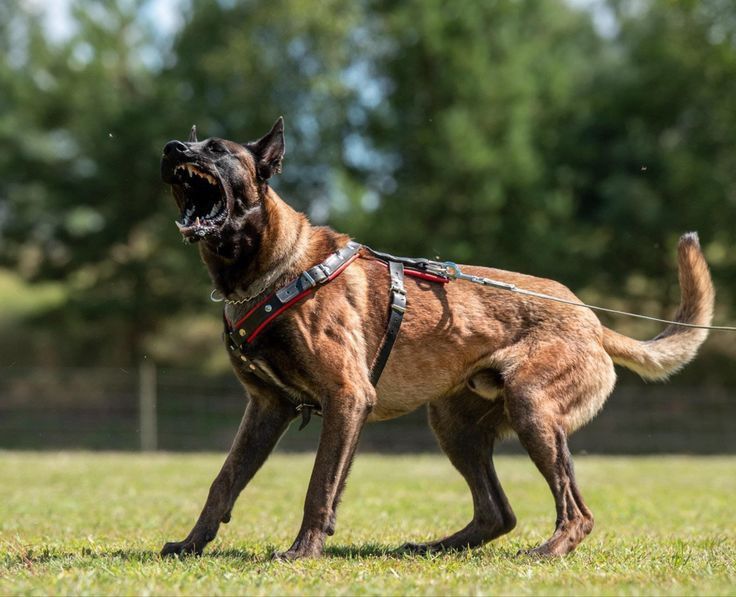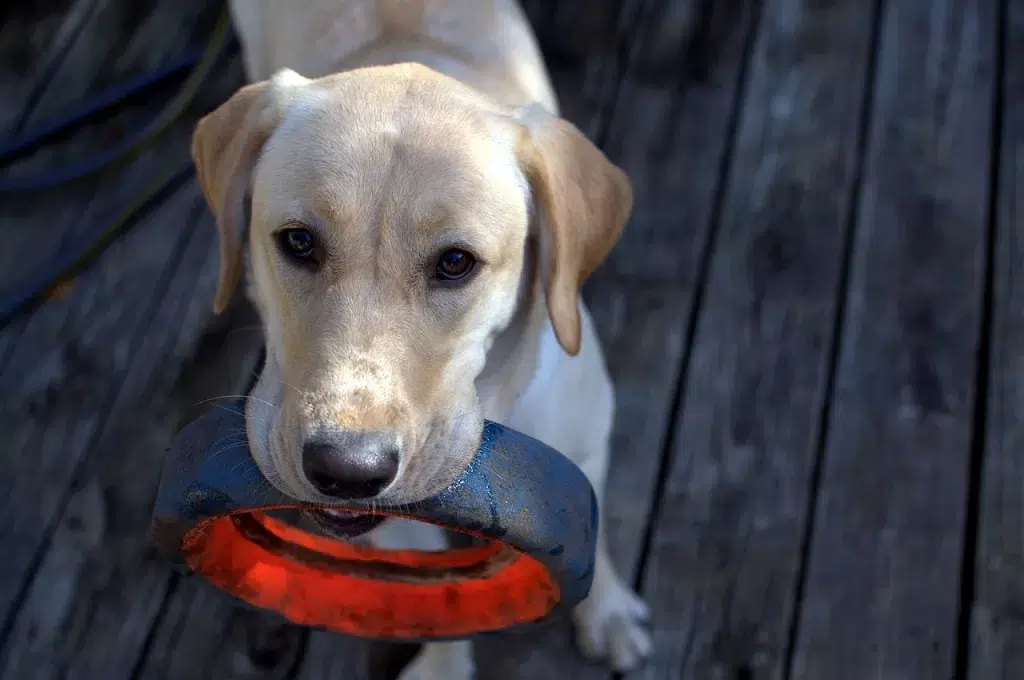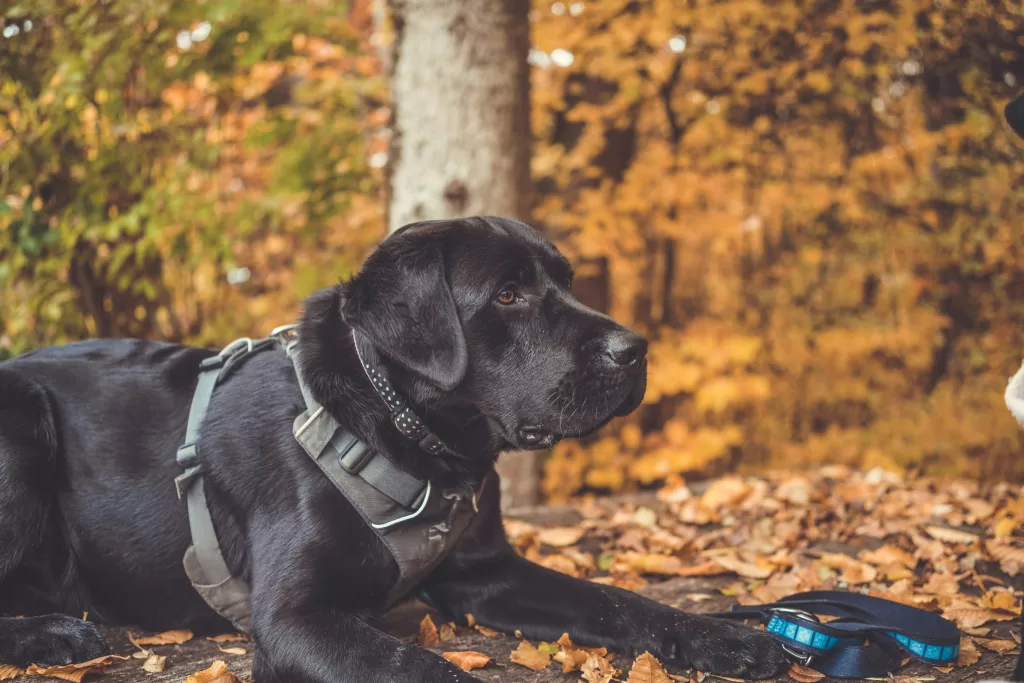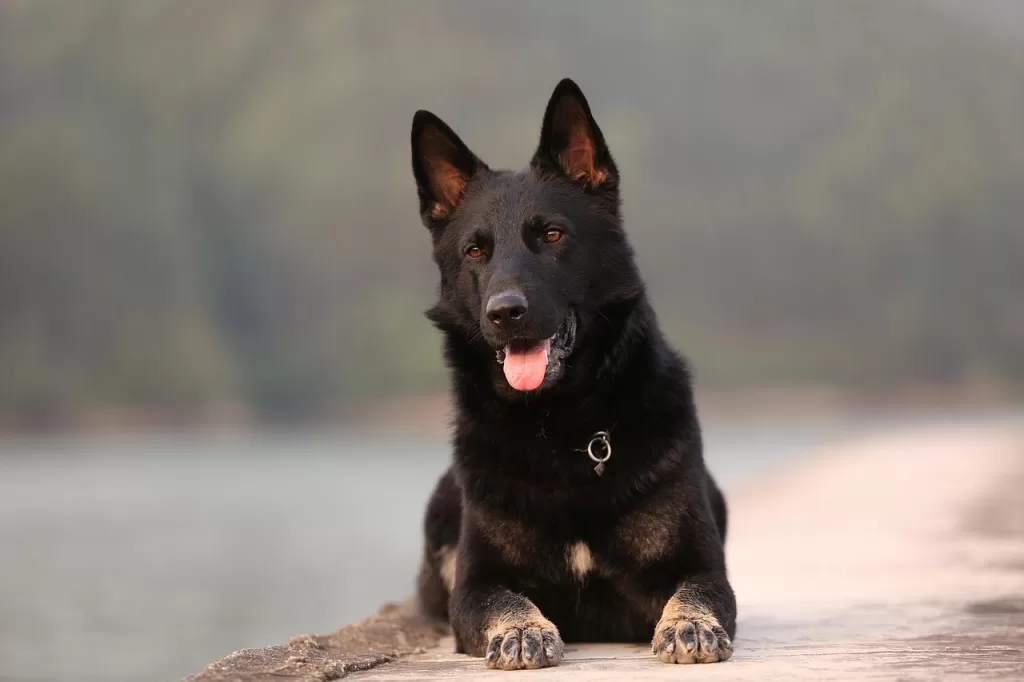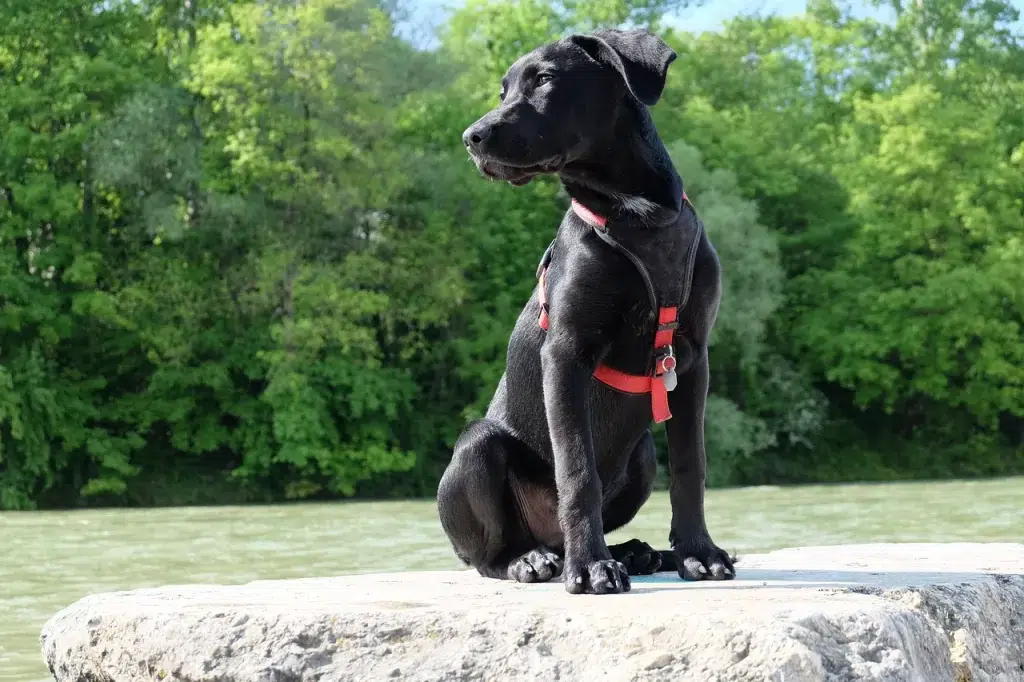From Fearful to Fearless: A Training Journey to Confidence

Introduction:
Confidence is not something we are born with; it’s a skill we cultivate over time. Many of us have experienced moments of hesitation, self-doubt, and fear. But what separates those who thrive from those who falter is the ability to confront these fears head-on and transform them into opportunities for growth. In this blog, we’ll explore the journey from being fearful to becoming fearless through training and self-discovery.
Understanding Fear:
Fear is a natural human emotion designed to keep us safe from potential threats. However, when fear becomes overwhelming or irrational, it can hold us back from reaching our full potential. Common fears, such as fear of failure, fear of rejection, or fear of the unknown, can cripple our confidence and prevent us from pursuing our goals.
Recognizing the Need for Change:
The first step in overcoming fear is acknowledging its presence in our lives. Whether it’s avoiding public speaking, shying away from new challenges, or doubting our abilities, we must recognize when fear is holding us back. This self-awareness catalyzes change and empowers us to take proactive steps toward building confidence.
Committing to Growth:
Becoming fearless is not an overnight process; it requires dedication, perseverance, and a willingness to step outside of our comfort zones. Training ourselves to confront our fears involves setting goals, seeking out growth opportunities, and embracing failure as a natural part of the learning process. Whether it’s enrolling in a public speaking course, volunteering for leadership roles, or pursuing a new hobby, every step we take toward confronting our fears brings us closer to becoming fearless.
Cultivating Self-Compassion:
Alongside training and practice, cultivating self-compassion is essential in overcoming fear and building confidence. Instead of berating ourselves for our shortcomings or perceived failures, we must learn to treat ourselves with kindness and understanding. Recognizing that setbacks are an inevitable part of the journey allows us to bounce back stronger and more resilient than before.
Harnessing the Power of Mindset:
Our mindset plays a crucial role in shaping our experiences and perceptions. By adopting a growth mindset, we can reframe our fears as opportunities for learning and development. Rather than viewing challenges as insurmountable obstacles, we see them as stepping stones toward personal growth and achievement. With a positive mindset, we can approach fear with courage and determination, knowing that we have the power to overcome it.
Celebrating Progress:
As we embark on our journey from fearful to fearless, it’s important to celebrate our progress along the way. Whether it’s conquering a fear of heights, delivering a successful presentation, or simply stepping outside of our comfort zones, each small victory serves as a reminder of our resilience and strength. By acknowledging our achievements, we reinforce our belief in ourselves and fuel our motivation to continue pushing past our limitations.
Embracing the Journey:
Becoming fearless is not about eliminating fear; it’s about learning to coexist with it and not letting it control our lives. Through training, self-discovery, and a willingness to embrace discomfort, we can transform our fears into sources of empowerment and confidence. As we continue on our journey, let us remember that true courage is not the absence of fear, but the ability to act despite it. So let us face our fears head-on, for it is through adversity that we discover our true strength and potential.
Conclusion:
The path from being fearful to fearless is a challenging yet rewarding journey that requires courage, determination, and self-belief. By committing to training, cultivating self-compassion, harnessing the power of mindset, and celebrating our progress, we can overcome our fears and emerge as confident, empowered individuals. So let us embrace the journey with open hearts and unwavering resolve, knowing that within every fear lies the opportunity for growth and transformation.
From Fearful to Fearless: A Training Journey to Confidence Read More »

